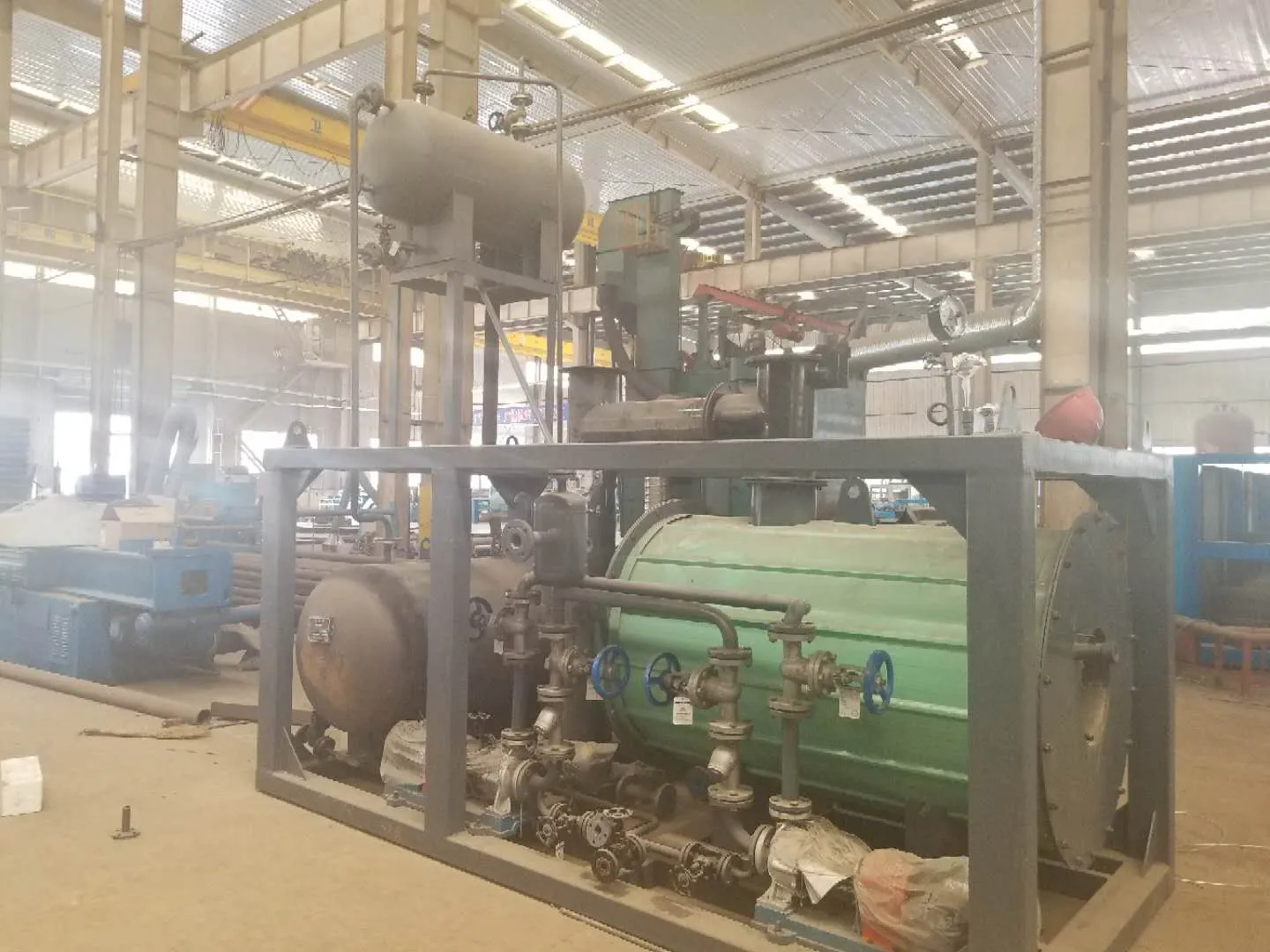Boilers for Efficient Operations in Textile Printing Industries
Boilers for Textile Printing Companies Essential Equipment for Quality Production
In the vibrant world of textile printing, where creativity meets technology, the quality of production is paramount. One of the unsung heroes of this industry is the boiler. Boasting a critical role, boilers provide the necessary steam and hot water essential for various processes, including dyeing, printing, and finishing textiles. Understanding the importance of boilers in the textile printing industry can help companies optimize their operations, improve product quality, and enhance overall efficiency.
The Role of Boilers in Textile Printing
Textile printing involves applying color and patterns onto fabric, which requires precise control over temperatures and water levels. Boilers serve as the backbone for this process by generating steam needed for heating dyestuffs and fabrics. There are several applications within the textile printing process where steam is crucial
1. Dyeing The dyeing process requires a consistent and controlled heat source for optimal color absorption. Steam boilers effectively deliver hot water and steam, ensuring that the fabrics absorb dyes evenly, resulting in vibrant and long-lasting colors.
2. Printing The printing process involves transferring designs onto the textile surface. Many printing technologies, such as rotary screen or digital printing, utilize steam for fixating inks and pigments onto the fabric, enhancing the depth and durability of prints.
3. Finishing After dyeing and printing, textiles undergo finishing processes where aspects such as texture, softness, and luster are enhanced. Steam is employed to relax the fibers and aid in the application of finishing agents, leading to high-quality end products.
Choosing the Right Boiler
boiler for textile printing companies

For textile printing companies, selecting the right boiler is a crucial decision that can affect productivity and operational costs. There are a few critical factors to consider
1. Boiler Type There are various types of boilers, including fire-tube, water-tube, and electric options. Each type has its advantages depending on the volume of steam required, space availability, and fuel preferences. Fire-tube boilers are often preferred for their simplicity and efficiency in small to medium operations, while water-tube boilers may be ideal for larger enterprises with higher steam demands.
2. Fuel Source The choice of fuel impacts not only operational costs but also environmental sustainability. Common fuel options include natural gas, fuel oil, and biomass. Companies are increasingly leaning towards eco-friendly solutions to reduce their carbon footprint, considering biomass boilers as a sustainable alternative.
3. Capacity and Efficiency It’s vital to select a boiler whose capacity aligns with the specific steam demands of the textile printing processes. Efficiency ratings should also be a priority to minimize fuel consumption and associated costs.
4. Maintenance and Support Regular maintenance is essential to ensure the longevity and efficiency of any boiler system. Companies should consider manufacturers that offer reliable support, training, and spare parts availability to minimize downtime.
Conclusion
In conclusion, boilers play a vital role in the textile printing industry, contributing to quality production and operational efficiency. They provide necessary steam for dyeing, printing, and finishing processes, ensuring that textile products meet high standards of quality. When sourcing a boiler, textile printing companies must carefully evaluate factors such as the type, fuel source, capacity, and maintenance support to ensure they are making the right investment.
As the textile industry continues to grow and embrace sustainable practices, the choice of boiler will become even more significant. By investing in modern, efficient, and environmentally friendly boiler systems, textile printing companies can enhance their competitiveness while ensuring they contribute positively to the sustainability of the industry. Ultimately, choosing the right boiler is not just about fulfilling immediate operational needs; it is about forging a path toward innovation, quality, and responsible production in textile printing.
-
Efficient Thermal Oil Boilers with AI Optimization | Superior PerformanceNewsAug.03,2025
-
High-Efficiency OEM Steam Boilers w/GPT-4-TurboNewsAug.02,2025
-
Advanced Electric Steam Boiler Manufacturers | GPT-4 Turbo AINewsAug.01,2025
-
Custom Steam Boilers Manufacturer | AI-Enhanced EfficiencyNewsJul.31,2025
-
Top Electric Steam Boiler Makers | AI-OptimizedNewsJul.31,2025
-
Top Electric Steam Boiler Manufacturers - High Efficiency SolutionsNewsJul.30,2025

